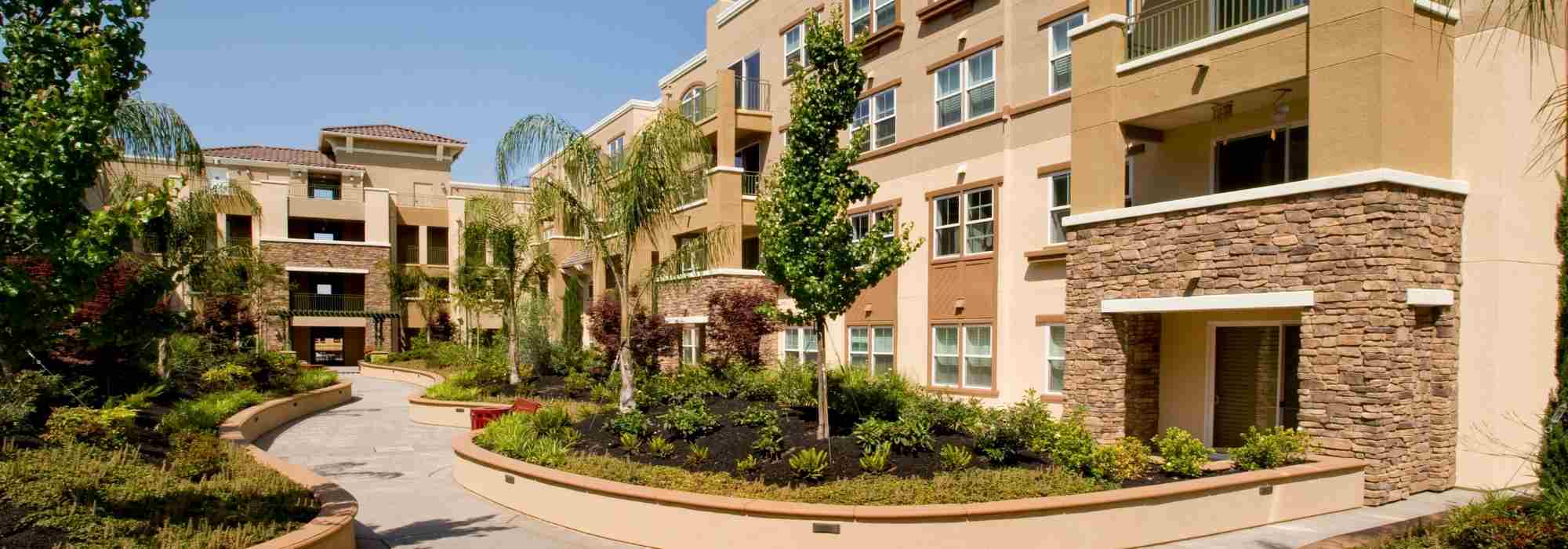
Gardening in condominium
Everything you need to know to garden peacefully in shared ownership
Contents
You live in a block of flats and have a balcony or enjoy a terrace on the top nival zone, you are a tenant or owner in a co-ownership and have a private ground-floor garden, you live in a housing estate, you own a small patch of land within a communal garden of the building, you want to enhance the courtyard or entrance of your building with a few plantings…. So many situations that impose a number of obligations and constraints to garden with peace of mind and avoid unpleasant surprises…
Let’s run through the different rules to follow so you can make the most of your green space when you live in co-ownership.
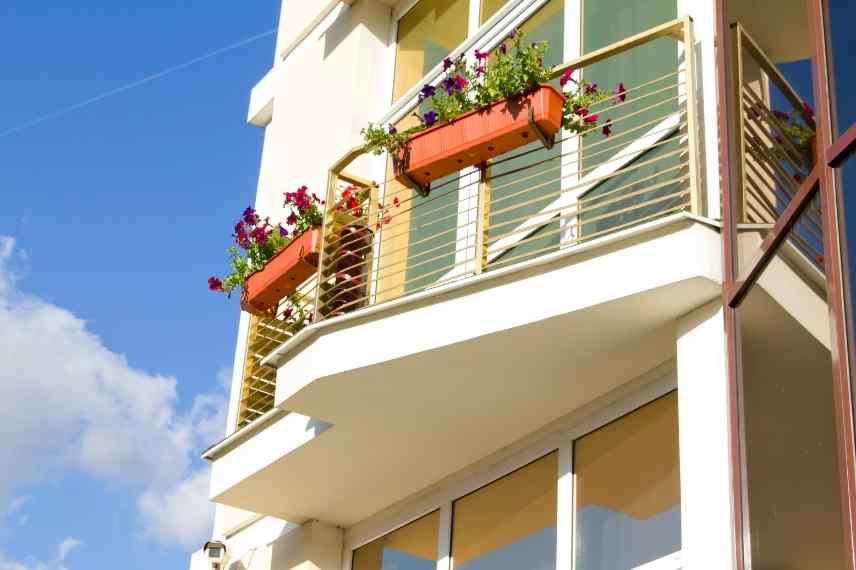
What does the law say?
There is the law applicable to everyone across France (see Article 26 of the law of 10 July 1965), and there are your co-ownership regulations which may modify, specify or restrict that law.
-
In housing developments
Height of hedges — if limited elsewhere to 2 m, is regulated at 1.5 m in housing developments. Planting distance remains, as elsewhere, set at 0.5 m from plot boundary. Choice of plants, bushes and trees is often required for obvious aesthetic reasons in landscaping designed by developers and landscape designers. This allows harmonisation of whole development, just as colours imposed on shutters or gates are enforced. Often planting palette remains wide, allowing you to combine different varieties; generally stays within a coherent colour range.
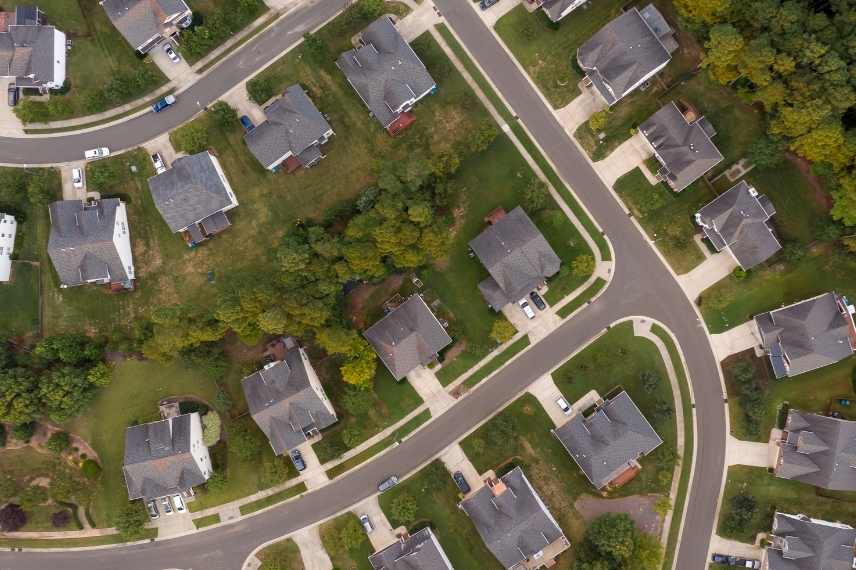
-
In apartment blocks
Your outdoor spaces include a courtyard, one or more ground-floor gardens. Balconies, terraces and roof terraces are also relevant to gardening. You must refer to your co-ownership regulations to find out what is permitted in your building. Very often, communal outdoor areas are maintained by a contractor, which forms part of your service charges. Sometimes, in small buildings with few units, owners themselves take on maintenance in their own time.
For private areas such as balconies and terraces, co-ownership regulations are usually very specific about what is allowed and what is prohibited: for example, fitting planters is often permitted when installed on the inside of the balcony, so as not to create a risk of items falling.
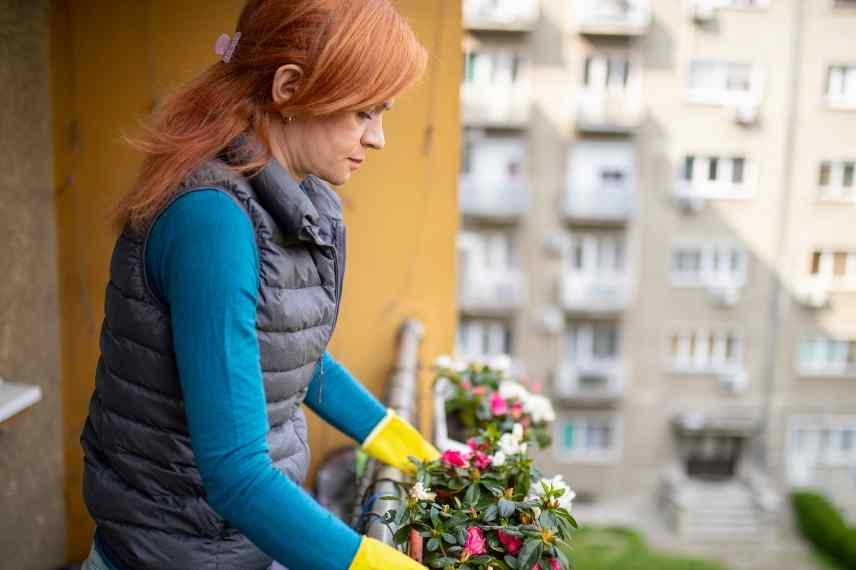
-
In private gardens
These are often ground-floor gardens to which you alone as owner have access and enjoyment, but not always. See dedicated paragraph for useful information.
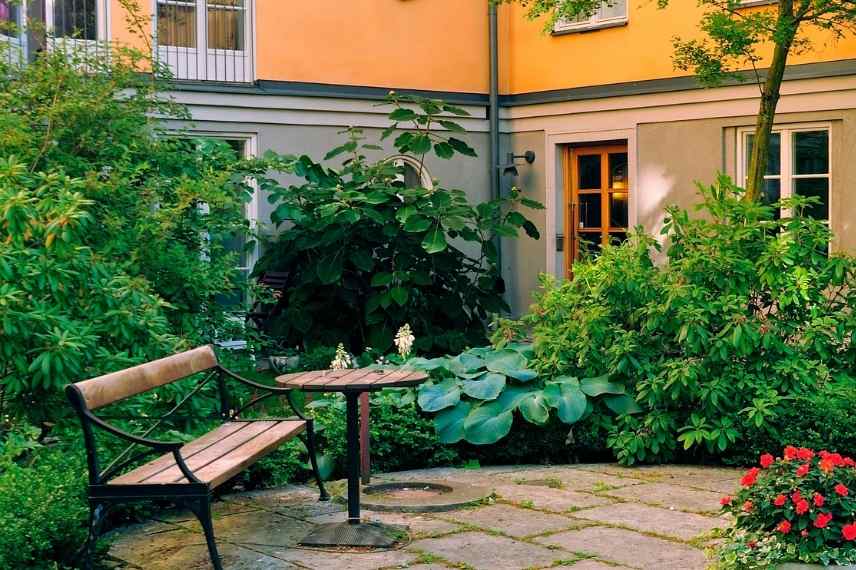
Gardening and maintenance rules
Co-ownership regulations set out what you may and may not do. They are the authoritative reference within your co-ownership.
If green space is considered a common area, associated costs (works, maintenance) are divided among co-owners in proportion to their thousandths share. Anything relating to landscaping works or maintenance conditions, for example frequency of hedge pruning (twice a year), pruning of a tree or resurfacing of the terraced area must be voted on or amended at the general meeting (minimum amount for consulting co-owners is usually decided at the annual general meeting).
If you wish to enhance an entrance hall with some pretty potted plants, and co-ownership regulations do not stipulate any information on this specific point, all co-owners must agree: you will therefore need to raise the matter at the co-ownership general meeting, and if agreed, specify name(s) of person(s) responsible for watering and maintenance of the plants.
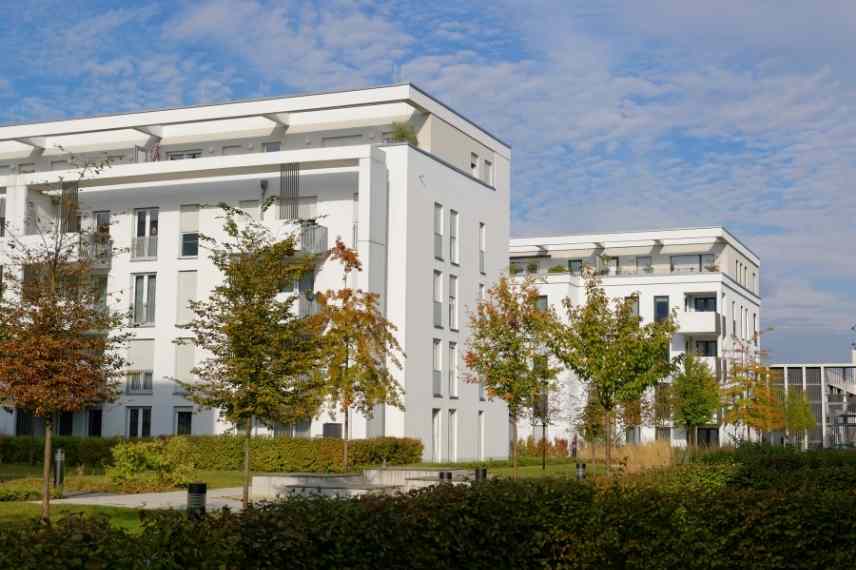
Private gardens
Check with property management well in advance of renting or buying, to avoid unpleasant surprises… There are three types of outdoor spaces that must be clearly specified in co-ownership regulations:
- is it a garden (or courtyard) belonging to common areas (often not listed in co-ownership regulations), in which case all residents have use of it… and share the costs!
- or a private area that gives you exclusive use: usually this right is attached to the unit, but again check co-ownership regulations; you may install plants you like, provided they do not form a significant visual screen for neighbours on other floors (for example, do not let bushes or climbing plants grow up in front of their windows);
- It can also be a « common part with exclusive use »: several people may be entitled to use and maintain the garden (for example ground-floor residents). In that case, normally the users concerned and only they are responsible for maintenance and costs of that area.
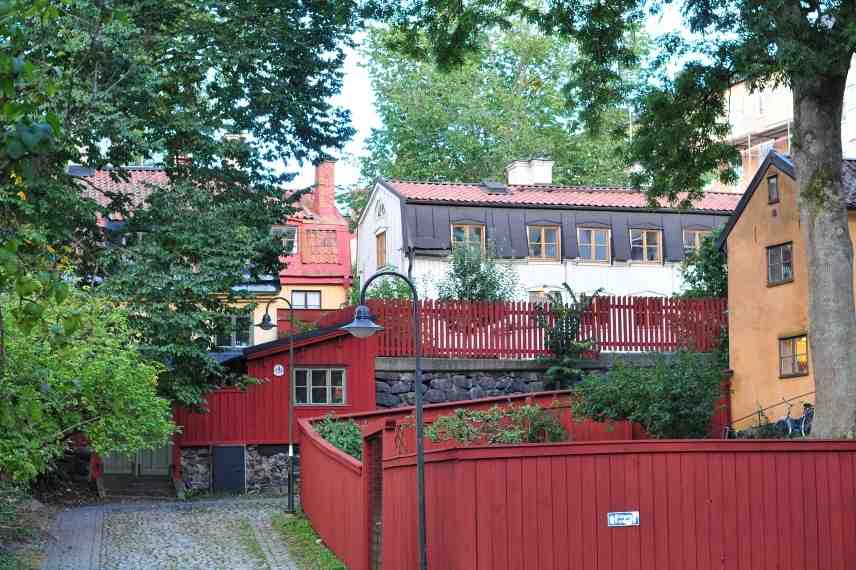
Here, the enclosed garden is attached to the house, for exclusive use
Constraints
Being able to garden in co-ownership is a privilege, but you must respect neighbours, particularly regarding noise nuisance. In co-ownership the rule of gardening hours also applies: no noise (use of petrol-powered tools, mowing, etc.) before 9 am on Saturday, nor between noon and 3 pm nor after 7 pm; on Sunday it is only allowed between 10 am and noon, and on weekdays not between noon and 1:30 pm nor after 7:30 pm… but have this confirmed by your management company.
No night-time disturbance either, and if you want to organise lunches or barbecue evenings in your private garden, you must inform neighbours!
In case of a roof terrace, which is increasingly common in large cities, you must comply with maximum loads set out in co-ownership regulations. This depends on each building structure: a 1970s block and a brand-new block do not have the same architectural standards, notably in density of concrete slabs. You will be given an average in kg/m2 (an average of 350 kg/m2 is observed).
Pour l’aménagement d’une grande terrasse ou d’un toit terrasse, veillez donc à vous renseigner bien en amont auprès de votre syndic : les équipements peuvent s’avérer très lourds une fois conjugués (jardinières, pots, arbres ou arbustes en grands bacs, installation de pergolas, etc…). Pour les substrats, vous devrez faire des mélanges pour obtenir des masses plus légères (ajout de perlite souvent conseillé), le choix des contenants privilégiera les matières légères, en composite, en évitant la terre cuite par exemple. Vous devez également avoir l’autorisation pour des normes de sécurité en terme d’étanchéité, d’évacuation des eaux pluviales…
In summary, be vigilant, always consult your management company, read co-ownership regulations carefully and be respectful of neighbours!
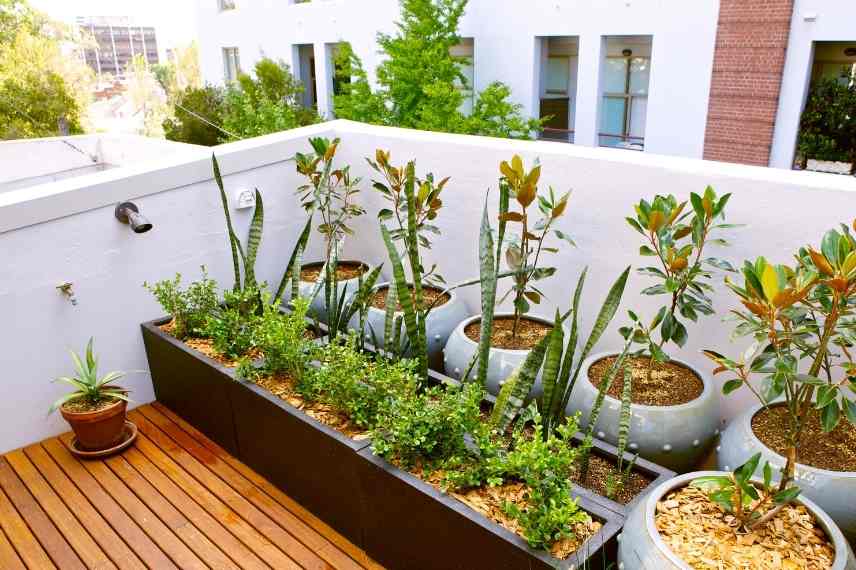
Beware of maximum load imposed in your building on balconies and terraces !
Choosing plants
So gardening remains a source of pleasure for everyone, and to avoid any conflict with neighbours, avoid plants that will either stain or prick if they are located in an area likely to be brushed by residents. Equally to be absolutely proscribed are all plants whose leaves, flowers or berries are toxic (broom, foxgloves, cotoneasters, hellebores, delphinium, oleander, yew, etc., be aware the list is long…).
Overly vigorous climbing plants or lianas must be strictly controlled on a balcony or terrace. You cannot reasonably invade a balcony neighbour’s space with wisteria, ivy or jasmine that gets out of hand…
For landscaping visible to all, such as an apartment-block entrance, common sense dictates that everyone should be consulted at a general meeting so as to propose plants pleasing to the greatest number; there is a very wide choice depending on exposure, colours, and also indoor plants.
As for housing estates, you will generally have a pre-established list of plants which you must scrupulously respect. Some older estates do not have one; in that case exercise judgement and favour local plants, thereby respecting a biotope favourable to their flourishing. Soil character (acidic, calcareous or neutral) and exposure will of course be the two major criteria in your choice, beyond aesthetics.

Plants with sharp points, toxic plants and berries… Be vigilant when choosing plants!
- Subscribe!
- Contents
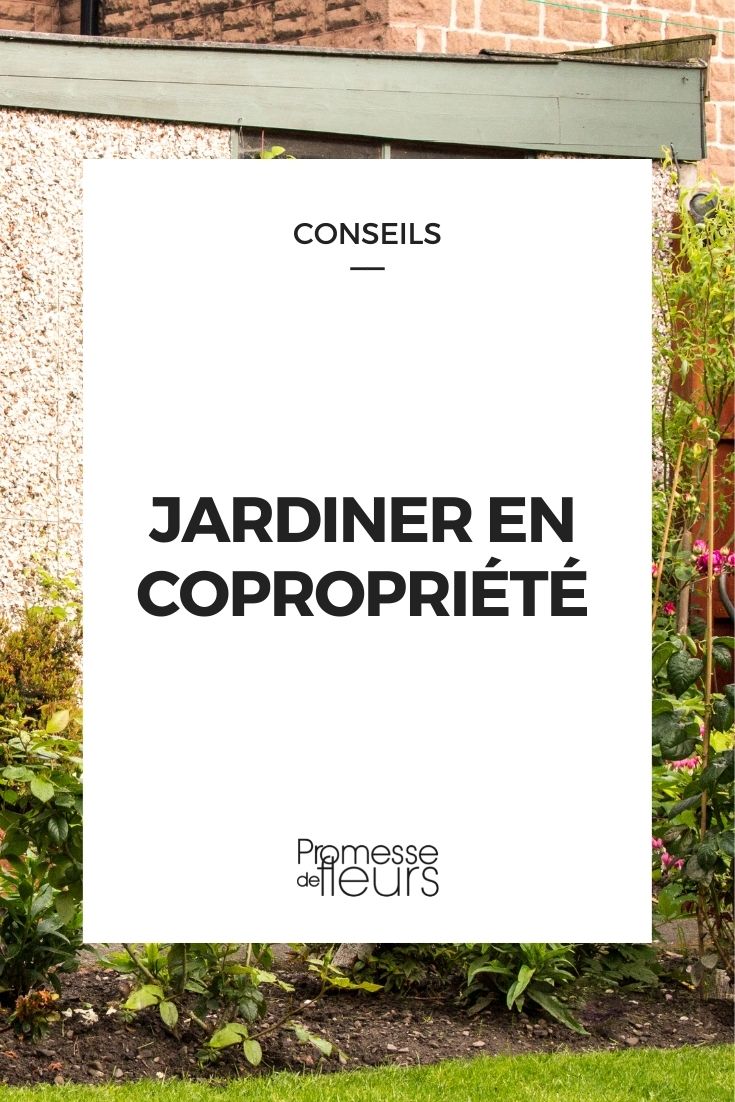































Comments